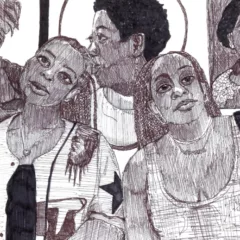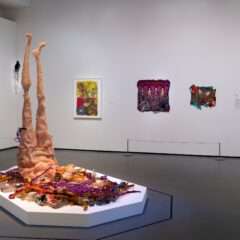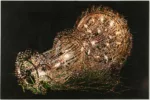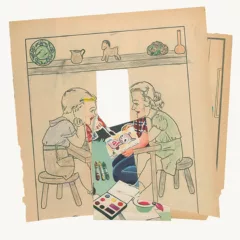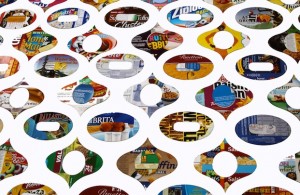
NextFab is a high-tech shop in West Philadelphia that enables architects, industrial designers, and artists to create prototypes or small runs of products. Its staff of twenty includes engineers, designers, electronics specialists, photographers, and others who are available for training and technical help. I met Shelley Spector there last week to see what she’s been doing during the past six months that she’s had a residency at NextFab through Breadboard, an organization at the University City Science Center that promotes community outreach around technology and manages the Esther Klein Gallery, among other projects.
Any artist who makes ‘things’ that involve construction would think she had died and gone to heaven at NextFab. Its technical possibilities are endless; the difficulty is surely in making choices. Shelley concentrated on the computer-controlled laser cutter and sewing machine, which meant developing a proficiency with both the hardware and software (proprietary to each machine for most of the high-tech fabricating equipment); she said that took about two months.
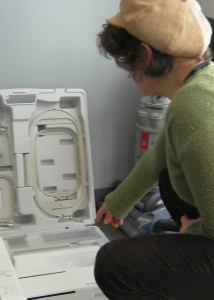
The work from the residency, a project addressing the nexus of consumption and environmental change, will be exhibited at the Esther Klein Gallery; Dreck Groove runs from Feb. 17-March 30, 2012. Shelley used the computer-controlled sewing machine to produce a series of small embroideries whose imagery derives from weather mapping. What appear to be abstract patterns on textiles, decorated with the industrial version of traditional women’s handwork, were taken from graphs of fluctuating temperatures over time, infrared satellite photography, and charts of the spread of nuclear fallout. One embroidery lists all the names given to hurricanes during 2011. The decorative quality of the work makes the underlying criticism apparent only on second glance.

Shelley used the laser cutter to create frames for the embroidered cloth and to cut out units from scavenged, consumer-product packaging which she will assemble to cover several walls (hence her description of the collaged work as wallpaper). She learned a lot about her neighbors in the process of collecting sufficient gift boxes, food cartons and other household waste from their recycle bins; indeed, her project is a sort of alternative recycling. The units create a pattern that, at a distance, reads as a mid 20th-century modern design, until one gets close enough to read the writing and recognize the familiar imagery from boxes for cereal, crackers, and plastic bags. This is the visual landscape of American domestic life.
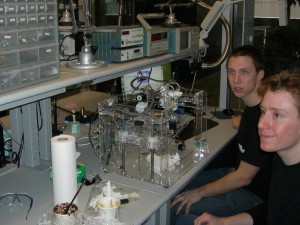
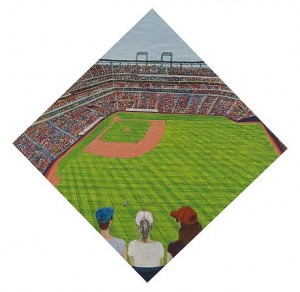
I ran into Sarah McEneaney at the most recent First Friday gallery openings as she was getting off her bike in front of the Vox Building, then laughed when I saw the image used (below) as the announcement of her current exhibition at Tibor de Nagy Gallery (through March 10, 2012). Many of the paintings record a life of leisure activities (watching baseball, camping out in Florida, on the coast in Brittany, hiking in a wildlife preserve) except that a painter’s work is never done, and even when she doesn’t picture herself drawing (which she does while floating in the Dead Sea), you know that a sketchbook is close at hand.
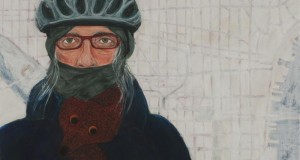
Most of the works are in a smaller format than those in her last exhibition at the gallery, and a number show a particular sensitivity to landscape, from wetlands to trees in winter. My favorite showed the artist at an open window, on her birthday, and most of the painting is occupied by patterns of various trees surrounding an open field of snow that suggests the as yet unwritten story of the year, or years, to come.


